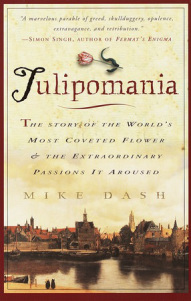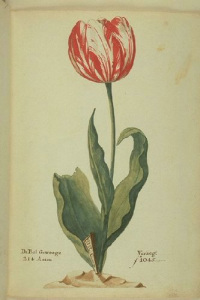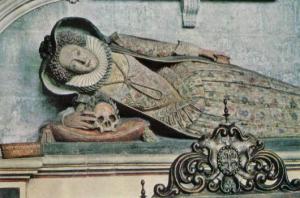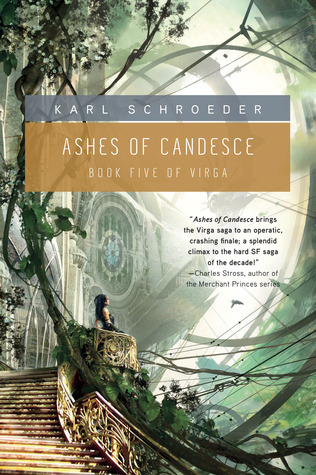
The story of the world’s most coveted flower & the extraordinary passions it aroused.
At the height of the tulip craze in the 17th century, a single tulip bulb in Holland was worth many times its weight in gold. It inspired the creation of the first futures exchange in history, and the tulip “bubble”. Historian Mike Dash’s short book details how the frenzy for tulip bulbs came to be. His story is full of Dutch merchants, thieves and rogues, academics, Emperors and Sultans.
Dash’s story only starts to hit its stride a few chapters in. At first, he talks about how the tulip came from Central Asia, and how the Turks brought it west with them. Then he goes on lengthy descriptions of the Ottoman empire and how the tulip was cultivated in the gardens of the Ottoman sultans. The topic of the tulip only seems a loose thread to talk about all sorts of unrelated matters. But Mike Dash is simply setting the scene. Then finally, through Flemish ambassadors and the Flemish botanist Clusius, the tulip spreads around Europe and acquired a widespread admiration. Now the story really starts.
I learned all I ever wanted to learn about tulips from this book. I learned that there are hundreds of variations in the colors, and that the Dutch merchants gave those variations crazy names. That you could eat tulip bulb as if they were onions. That there were tulip thieves who scoured the countryside.

The “Admirael van der Eijck” variety, as drawn in a “tulip book” catalogue.
Far more than a story about tulips, this book spends a lot of time in the Golden Age of the Dutch Republic. That’s 1600 in the Netherlands, and you get a pretty good idea about what this country was like back then. Just like today, Holland in 1600 was windy, overcrowded, rich and with tasteless food. But it was a pretty colorful place, thinking about the people. Dutchmen liked to save and they liked to gamble. And, something that was quite unique at the time, the peasants believed in social mobility. It was the “Dutch dream” that got exported to North America too.
So, adding that all together, that made the Netherlands the ideal breeding ground for a capitalist bubble. Europe was just emerging out of the Middle ages, but the tulip craze laid the first foundations of modern capitalism, including the first futures exchange. The Netherlands was one of the richest places in the entire world. It was the age that created the country, and a place where things were happening.
Perhaps the best chapter is where Dash takes us on a journey from Amsterdam to Haarlem and describes what it would be to deal in tulips in the back rooms of smoky taverns. Beer flowed freely and passions were high. The dealers had their own rituals and the Dutch inns were rowdy places.
It’s a short book but it loses steam whenever Dash talks about how many guilders one merchant from one city made by selling that one particular tulip bulb to that other merchant from another city and how he invested his guilders into other tulips of this or that particular race. The story felt rather long this way. There’s too many details and not enough compelling narration.
The book is worth it to get a good impression of the Netherlands in 1600 and to see how market bubbles come to be. Especially how they can collapse suddenly. It’s like the whole country got punched in the stomach. So, check out this little detour in history. Odd things happened in the past.
Advertisements Share this:




